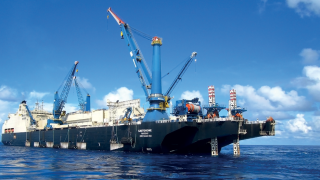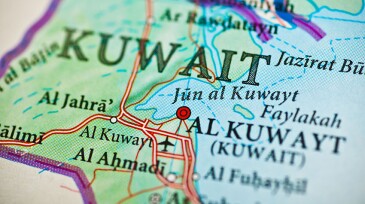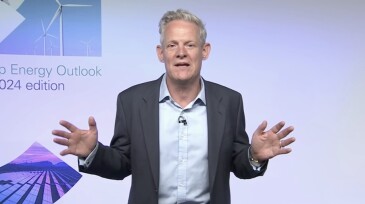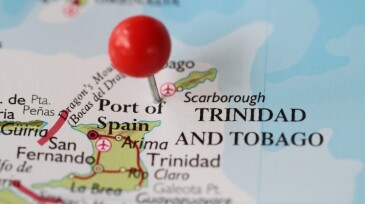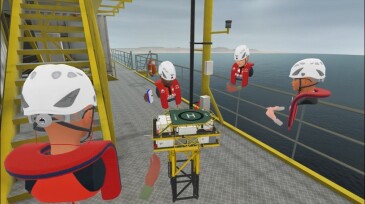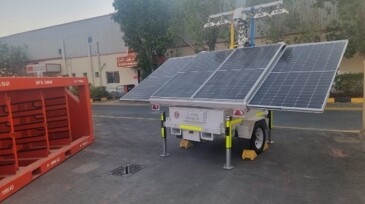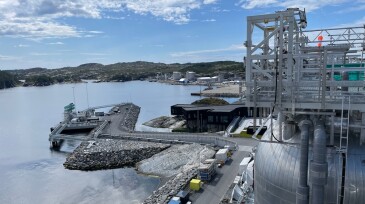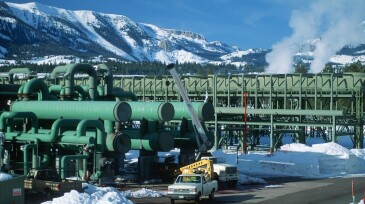Management
Murphy Oil’s Hai Su Vang (Golden Sea Lion) appraisal well reinforces the commerciality of the 2025 discovery.
The London-headquartered independent acquires position in the US Gulf while preparing Zama for final investment decision.
Engineering, procurement, construction, and installation awards made at the end of 2025 are expanding Saipem’s role in Turkey’s two largest offshore gas fields, plus Saudi Arabia’s Berri, Abu Safah, and Marjan oil fields and Qatar’s North Field gas giant in the Persian Gulf.
-
A new article offers a comprehensive review of worldwide energy transitions to carbon neutrality and introduces the Decarbonization Index, an innovative indicator designed to gauge the progress of a nation’s energy transition.
-
The Persian Gulf nation is hoping that offshore exploration will help boost its production capacity to 4 million B/D by next decade.
-
BP’s 2024 Energy Outlook warns delayed decarbonization efforts will result in costly and disorderly energy transition.
-
The field is expected to begin production in 2027 using a normally unattended platform and eight development wells.
-
VR provides an immersive and cost-effective approach to essential oilfield training.
-
SponsoredTAQA bears the burden of reducing carbon emissions from the fossil fuel energy cycle and pays its undivided attention to decarbonizing its operations. In this article, it sheds light on its initiatives and approach to decarbonizing the oil and gas exploration and production industry.
-
Government grants and tax incentives will drive carbon capture, storage, and/or utilization projects in the next decade as the industry seeks profitable business model.
-
Automated workflow unifies geological, completion, and production data to inform speedier, better investment decisions for nonoperated assets.
-
Houston-based enhanced geothermal systems pioneer uses fracturing and other oil and gas technologies to stabilize power grids with zero-carbon renewable energy that doesn’t depend on the weather.
-
First three wells of deepwater Gulf of Mexico project expected to jointly produce 22,000 BOE/D to the nearby host facility.



